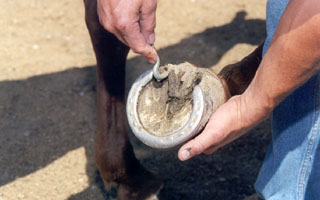
Figure 1
| The foot should be thoroughly cleaned before using hoof testers. |
Note:
There are many reasons to use hoof testers. They can help detect abscesses, stone bruises, hot nails, navicular disease, and many other problems.

|
Figure 1
|
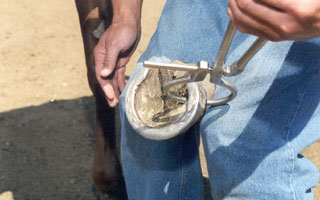
|
Figure 2
|
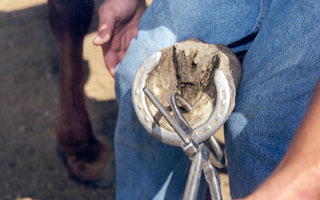
|
Figure 3
|
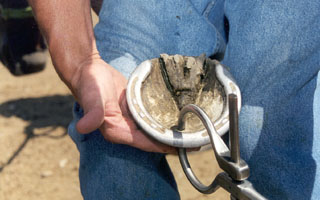
|
Figure 4
|
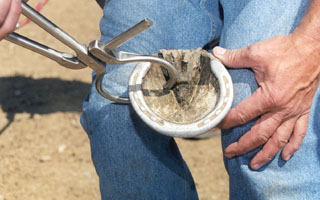
|
Figure 5
|
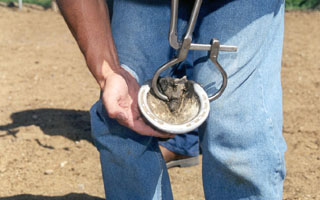
|
Figure 6
|
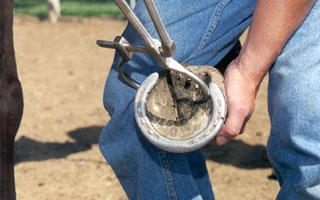
|
Figure 7
|
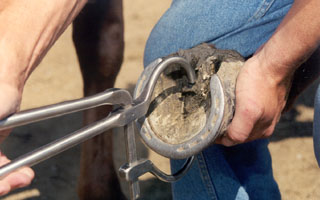
|
Figure 8
|
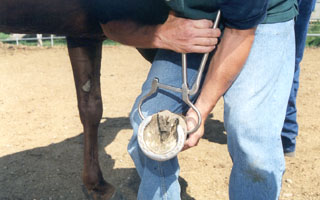
|
Figure 9
|